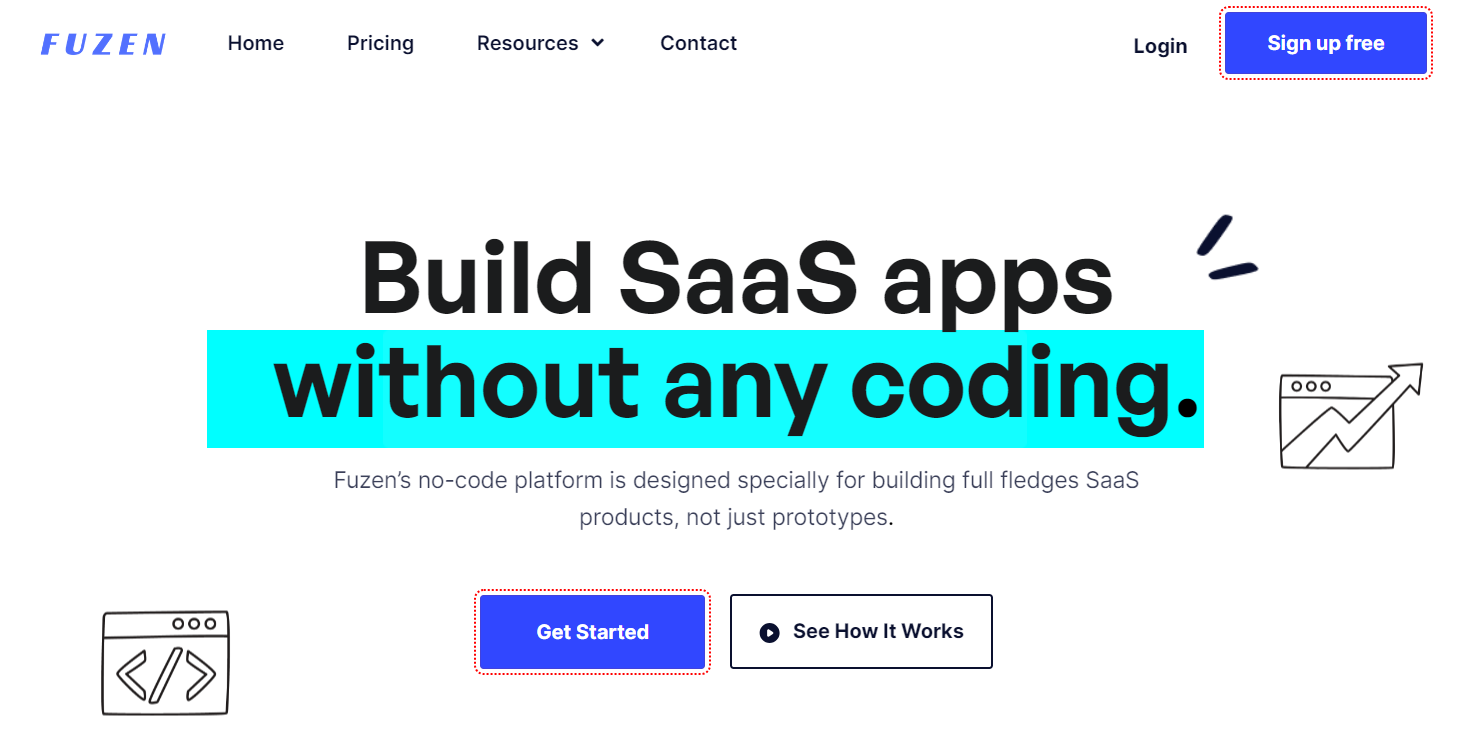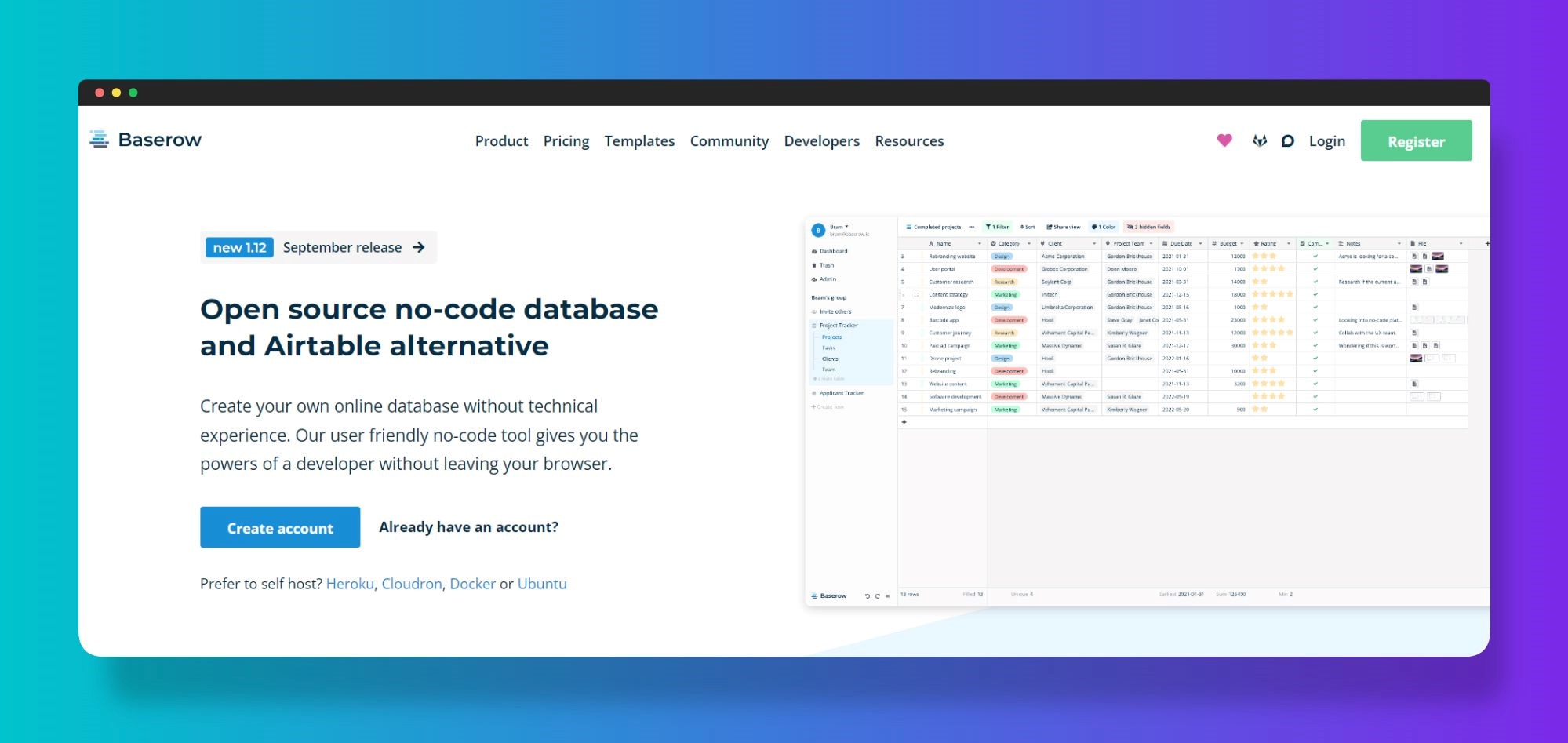No-Code Solutions for Open System Data Source Production: Build Without Coding Skills
No-Code Solutions for Open System Data Source Production: Build Without Coding Skills
Blog Article
A Comprehensive Overview to Carrying Out Scalable Data Sources Without the Demand for Coding Experience
In the contemporary landscape of information administration, the ability to execute scalable databases without coding expertise is becoming progressively vital for organizations of all dimensions. This overview intends to illuminate the process, concentrating on easy to use devices and intuitive interfaces that demystify data source configuration. By checking out essential functions, effective techniques for application, and ideal practices for ongoing management, we will deal with just how even non-technical individuals can with confidence navigate this complicated terrain. What are the essential aspects that can really empower these customers to take advantage of scalable data sources successfully? The responses may redefine your approach to information management.
Comprehending Scalable Data Sources
In the world of modern-day data monitoring, scalable databases have actually emerged as a vital solution for companies seeking to manage enhancing quantities of information efficiently. These databases are designed to suit growth by permitting the seamless addition of resources, whether via horizontal scaling (including more equipments) or vertical scaling (upgrading existing equipments) This adaptability is vital in today's busy digital landscape, where information is created at an unmatched price.
Scalable databases normally make use of dispersed architectures, which make it possible for data to be spread out throughout several nodes. This circulation not just boosts efficiency yet likewise supplies redundancy, making certain data accessibility also in the event of hardware failures. Scalability can be a critical element for numerous applications, consisting of e-commerce platforms, social networks networks, and huge information analytics, where customer demand can change significantly.
In addition, scalable databases commonly include robust information uniformity designs that balance performance and integrity. Organizations needs to consider their certain needs, such as read and create rates, data integrity, and mistake tolerance when choosing a scalable database solution. Inevitably, understanding the underlying concepts of scalable databases is essential for businesses intending to thrive in a significantly data-driven world.
Trick Features to Look For
When evaluating scalable data sources, several vital features are critical to making certain optimum performance and reliability. Firstly, take into consideration the style of the database. A dispersed design can boost scalability by enabling data to be stored across multiple nodes, promoting seamless data accessibility and processing as demand increases.
An additional critical attribute is information dividing, which enables reliable monitoring of large datasets by separating them into smaller sized, extra workable pieces (no-code). This approach not only boosts efficiency yet likewise streamlines source allowance
In addition, search for durable duplication capacities. This attribute ensures information redundancy and high schedule, decreasing downtime during upkeep or unexpected failures.
Efficiency tracking tools are likewise important, as they provide real-time understandings right into system wellness and functional performance, allowing for timely changes to keep optimal performance.

User-Friendly Database Devices
Simpleness is an important component in the style of straightforward data source tools, as it boosts availability for users with varying degrees of technical competence. like it no-code. These devices prioritize instinctive user interfaces, making it possible for users to develop, handle, and query data sources without needing comprehensive shows expertise
Secret features commonly consist of drag-and-drop capability, visual information modeling, and pre-built layouts that simplify the setup process. Such tools usually supply led tutorials or onboarding processes that assist in customer engagement and minimize the discovering curve. In addition, seamless combination with popular information resources and services makes sure that customers can quickly import and export information, additionally simplifying procedures.

Moreover, durable assistance and community sources, such as discussion forums and paperwork, improve the individual experience by providing support when required. Overall, user-friendly data source tools empower organizations to harness the power of scalable databases, making data management easily accessible to everyone involved.
Step-by-Step Application Overview
Just how can companies efficiently execute scalable databases to meet their growing data demands? The procedure starts with determining specific information needs, consisting of the quantity, range, and velocity of data that will be processed. Next off, companies ought to review easy to use data source tools that use scalability attributes, such as cloud-based services or took care of database solutions.
When the ideal device is picked, the following step involves configuring the data source environment. This consists of establishing instances, defining user authorizations, and developing data frameworks that align with company objectives. Organizations should then move existing data into the brand-new system, guaranteeing information honesty and very little disruption to operations.
Post-migration, carrying out detailed screening is vital; this includes performance testing under numerous lots problems to ensure the system can take care of future development - no-code. Furthermore, it is essential to educate team on the data source management interface to assist in smooth use
Ideal Practices for Management
Effective monitoring of scalable databases requires a critical approach that focuses on recurring tracking and optimization. To accomplish this, companies ought to apply durable tracking tools that offer real-time understandings right into database efficiency metrics, such as inquiry action times, source utilization, and purchase throughput. Routinely examining these metrics can assist determine bottlenecks and areas for renovation.

Regular back-ups and catastrophe recuperation plans are important to guard information integrity and schedule. Developing a regular for evaluating these backups will certainly guarantee a trusted recovery procedure in situation of an unforeseen failing.
Moreover, efficiency tuning should be a continual process. Changing indexing strategies, enhancing inquiries, and scaling resourcesâEUR" whether up and down or horizontallyâEUR" will certainly additional info aid maintain ideal performance as usage demands advance.
Lastly, fostering a culture of knowledge sharing amongst employee will certainly make it possible for constant understanding and adjustment, ensuring that the monitoring of scalable data sources continues to be effective and this link efficient with time.
Verdict
To conclude, the application of scalable databases can be successfully achieved without coding know-how with the usage of straightforward devices and user-friendly user interfaces. By sticking to the outlined techniques for setup, data migration, and performance testing, people can navigate the complexities of data source administration with simplicity. Stressing ideal practices for recurring maintenance and cooperation more enhances the capacity to manage scalable data sources successfully in a quickly developing data-driven setting.
In the modern landscape of data management, the capability to apply scalable data sources without coding competence is becoming significantly crucial for organizations of all sizes.In the world of contemporary information administration, scalable databases have actually arised as an important service for companies looking for to take care of increasing volumes of information successfully.Moreover, scalable databases frequently feature durable information uniformity versions that stabilize efficiency and dependability.Exactly how can organizations efficiently execute scalable data sources to satisfy their growing information requirements? Next, organizations ought to evaluate straightforward data source devices that provide scalability features, such as cloud-based services or managed database services.
Report this page